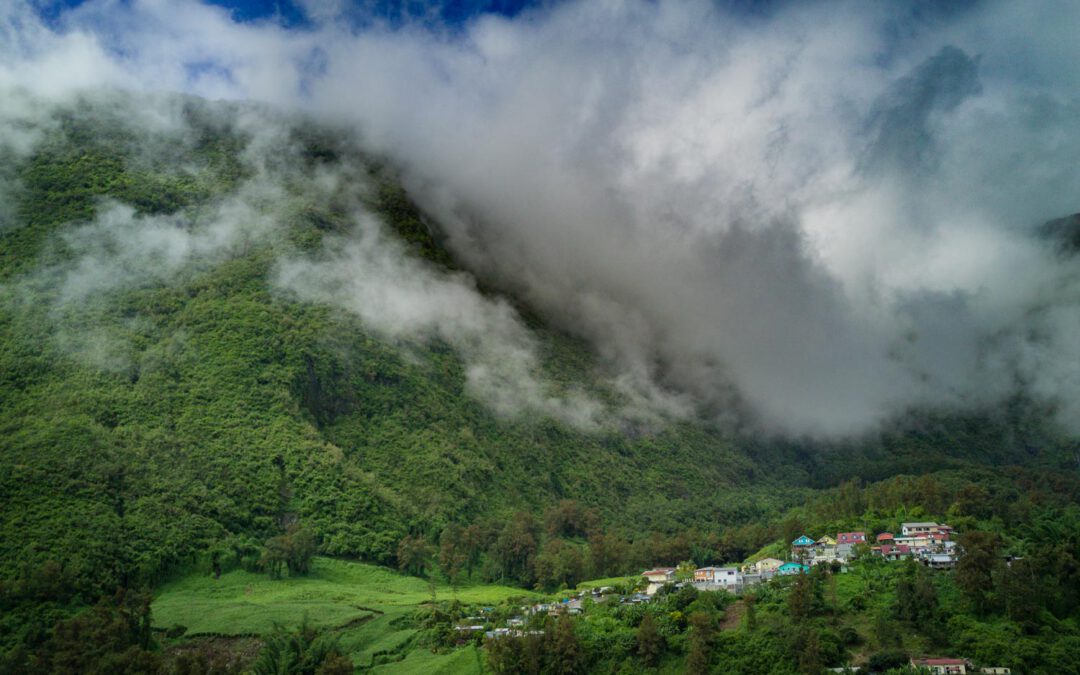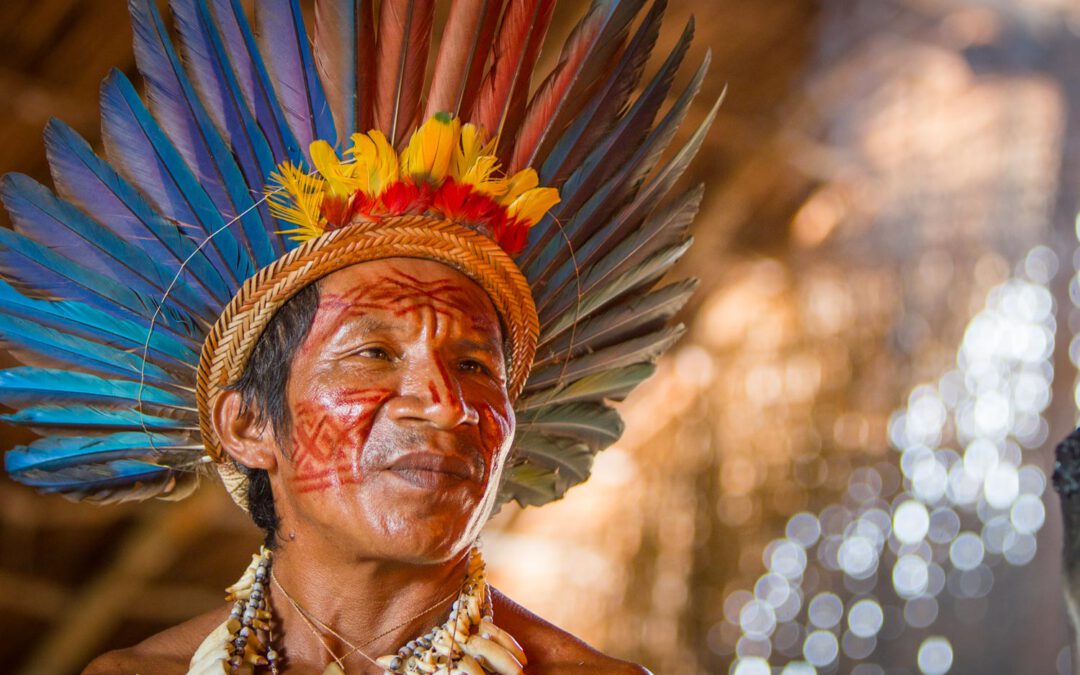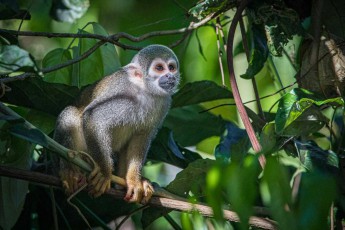
An Ecuadorian squirrel monkey. I took this photo from the terrace of my little house at Sacha Lodge.
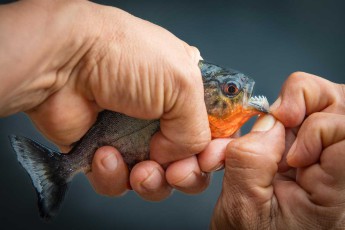
A piranha specimen, fished directly from the lodge, marvelled at and released again.
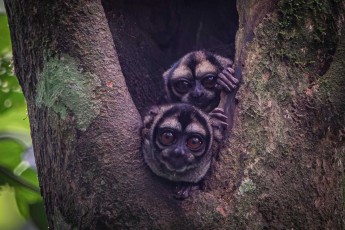
Night monkeys are the only nocturnal monkeys. Their weight varies between 0.7 and 1.2 kilograms.
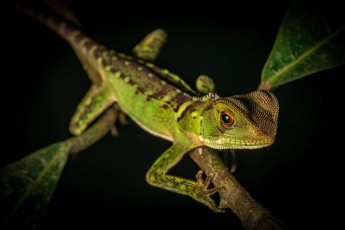
Most likely an iguana (Iguanidae) of the genus Enyalioides, known as ‘Woodlizards’ or ‘Dwarf iguana’. Their striking colours and patterns help these tree-dwelling lizards to camouflage themselves in their environment.
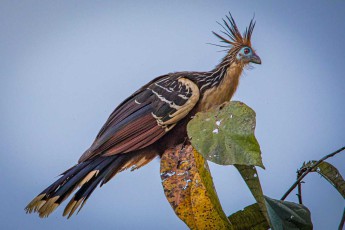
A hoatzin, also known as a Stinky Turkey. Its meat is considered inedible by indigenous people. This is partly due to the very slow digestion process, during which part of the food is fermented and the meat absorbs the resulting odour.
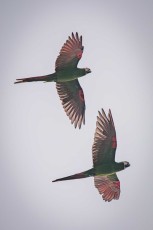
Two Chestnut fronted macaws.
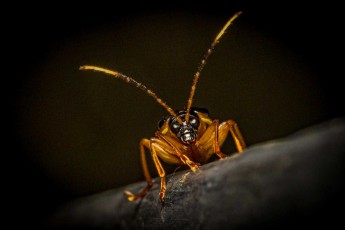
Probably a nocturnal beetle of the family Cerambycidae, whose antennae are often longer than the body.
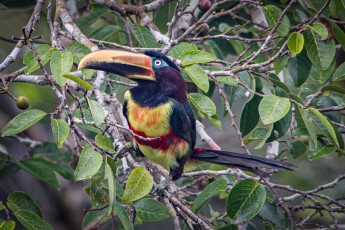
A chestnut eared aracari, which belongs to the toucan family.
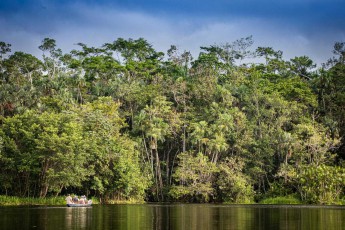
Twice a day, guests at Sacha Lodge have the opportunity to experience fascinating nature up close.
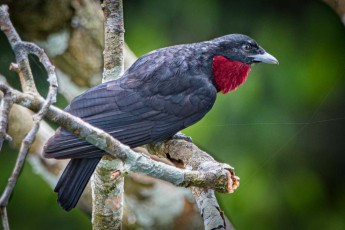
A purple throated fruit crow (Querula purpurata).
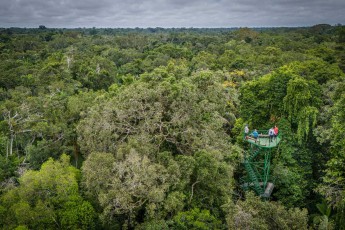
Observation tower, approx. 40 metres high. All components were brought in and assembled by hand.
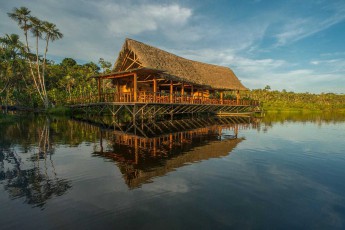
The Sacha Lodge restaurant as seen from Lake Pilchicocha.
(Photo by Sacha Lodge)
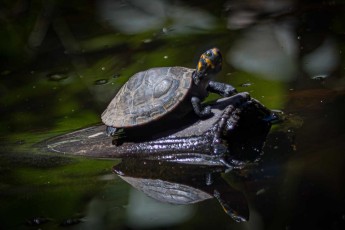
A yellow-spotted river turtle.
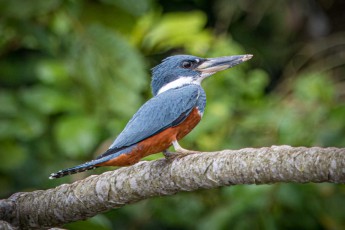
The largest kingfisher in the Amazon: the Ringed kingfisher.
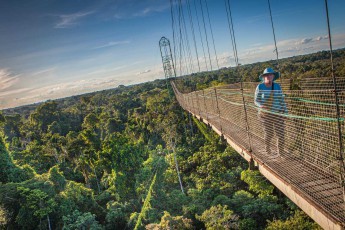
One of the special features of Sacha Lodge is this 36 metre high and 275 metre long suspension bridge over the rainforest.
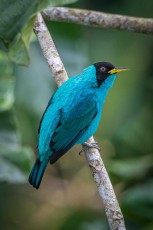
A green honey creeper (Chlorophanes spiza) in the jungle near Sacha Lodge.
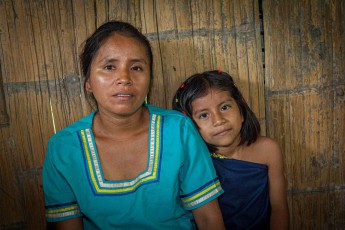
Mother Cinthia and daughter Smilla Andi are two members of the very traditional Nueva Providencia Community of around 150 people.
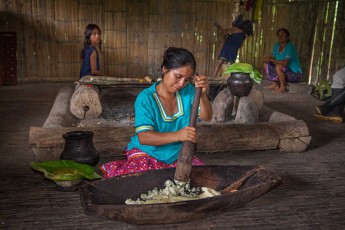
Cinthia mashes a mixture of manioc and grated sweet potato, which is then fermented for 3-4 days.
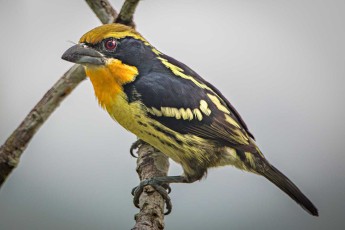
A gilded barbet (Capito auratus) in the jungle near Sacha Lodge.
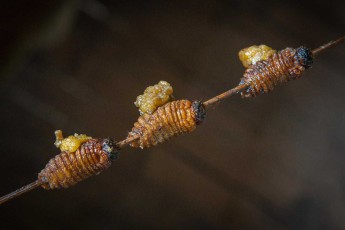
A delicacy from the Amazon: roasted palm weevil larvae! These larvae, also known as sago palm weevil (Rhynchophorus ferrugineus), live in rotting wood or in palm trees, are rich in protein and have a nutty flavour.
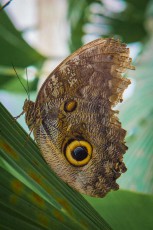
A Caligo oileus, also called Oileus giant owl or Owl's eye.
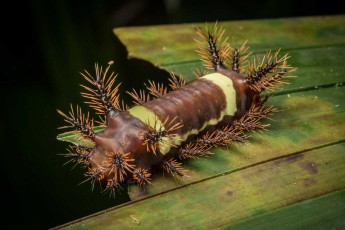
A caterpillar of the butterfly genus Automeris with characteristic stinging hairs.
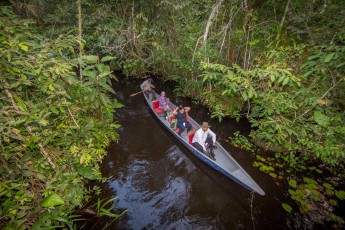
On the narrow waterways not far from Sacha Lodge you can observe birds, monkeys, amphibians and much more.
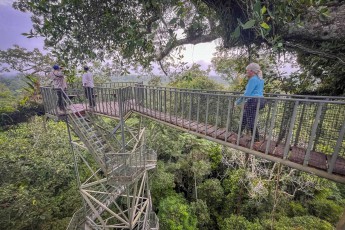
The Kapok Tower is a 43 metre high viewing platform. It is particularly suitable for birdwatching in the morning.
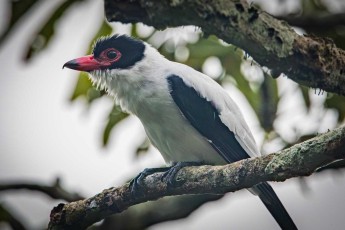
A black tailed tityra (Tityra cayana).
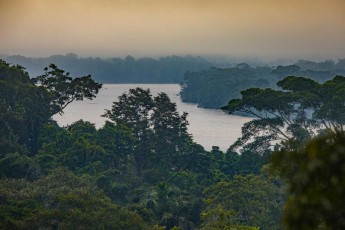
View of the Napo River, not far from Sacha Lodge.
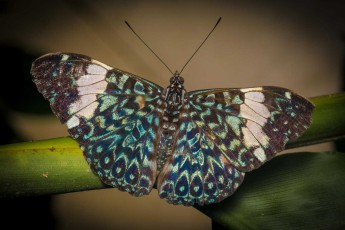
A butterfly of the genus Hamadryas (Nymphalidae).
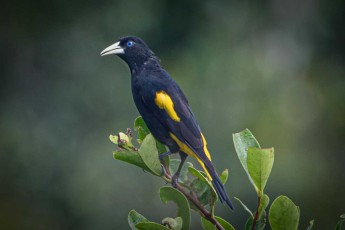
A yellow dumped cacique (Cacicus cela) in the jungle near Sacha Lodge.
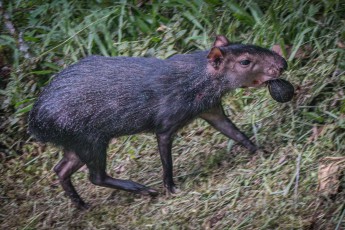
A rodent called Aguti. I was able to take this picture from the boardwalk at Sacha Lodge.
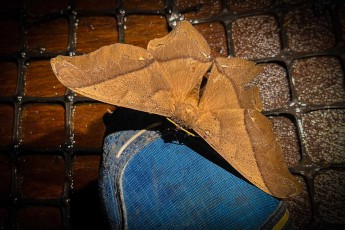
Probably a moth pausing on my shoe at night. They belong to the owl moth family (Noctuidae) and are known for their impressive wingspan, which can reach up to 30 centimetres.
